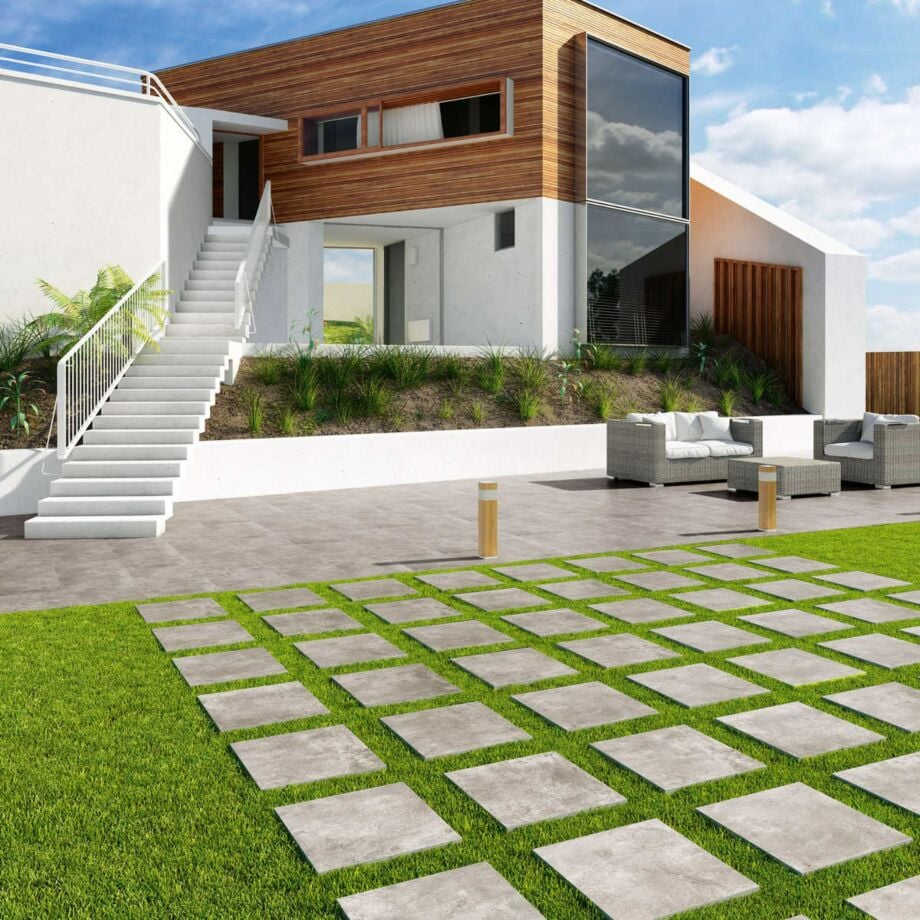
With Paving Superstore offering the UK’s largest paving range, where do you start when deciding on the best paving product for your home?
It’s best to start by looking at your home for inspiration. When looking at the outside of your property, is it a modern home or a period property? If it’s an older, period home, then you need to ideally consider paving that looks in keeping with the character of your architecture.
Paving for Georgian Style Homes
For example, a Georgian style home with its symmetrical design often lends itself to a balanced symmetrical patio style and cream colour tones work well with homes from this period. A sawn sandstone or limestone will bring an ambient warm tone and a clean design and although a sawn finish is often considered to be a modern style paving, it also works well with Georgian style as a result of its clean lines. There are several porcelain paving options in similar colour tones that would also complement a Georgian style home. Use a simple laying pattern such as stretcher bond rather than a random pattern.
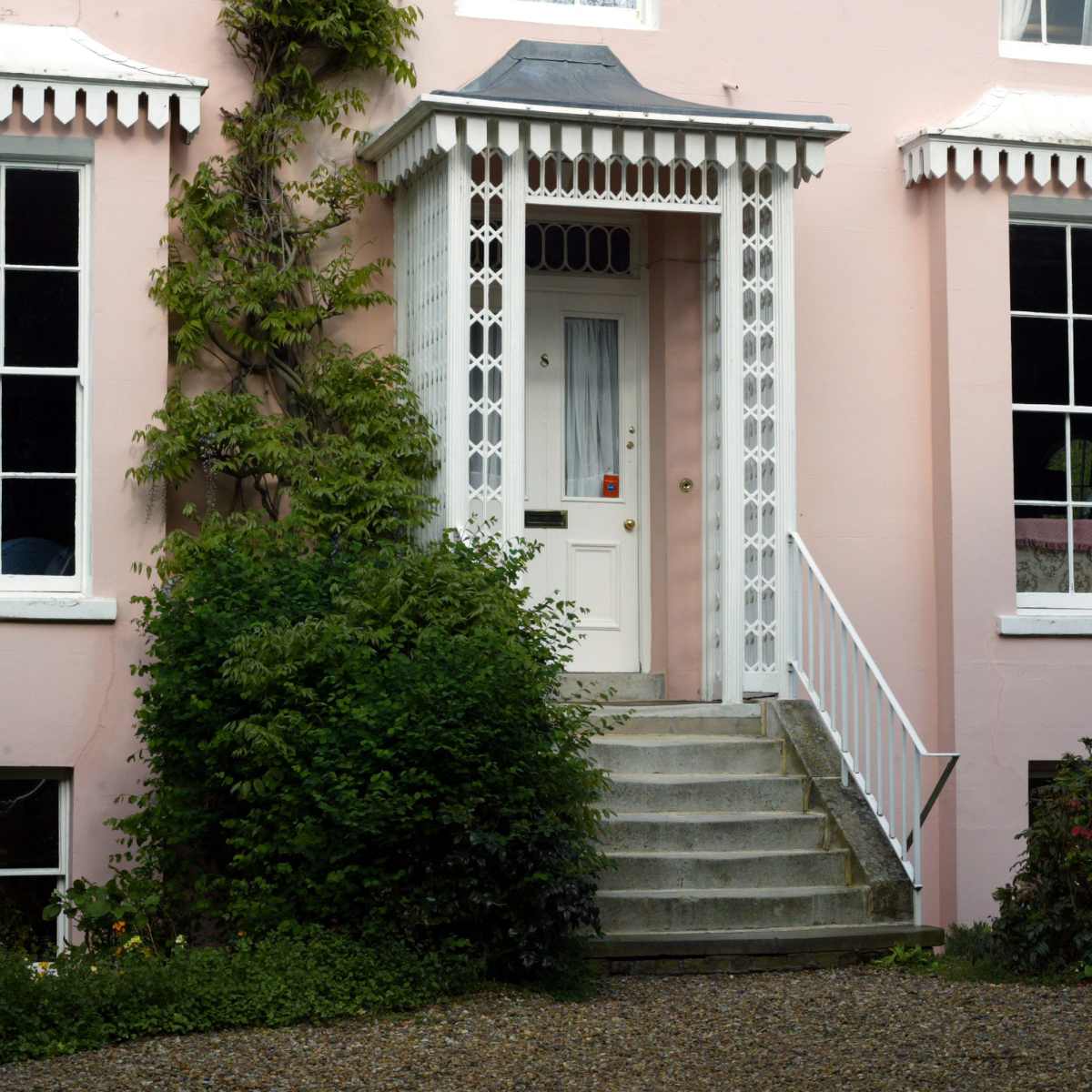 |
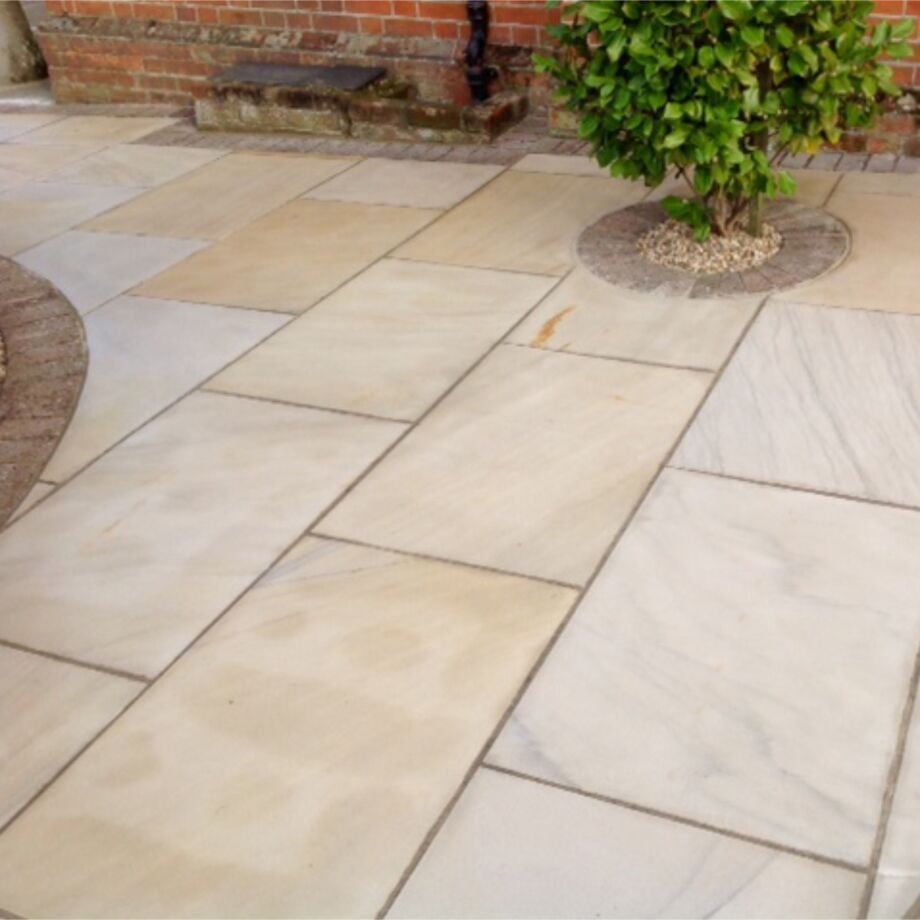 |
Paving for Victorian Style Homes
For red brick Victorian style properties, the entrance pathway will always make a statement so try to recreate the beauty of the original tile path up to the front door by using mosaic tiles. Or consider clay pavers in a contrasting shade. For the back garden, grey or black tones work well with red brick, so consider using light grey sandstone paving, black limestone or slate for a classic colour combination. Porcelain equivalent paving options would also be equally as suitable in the same grey or black tones. Try to avoid pink, red or brown with the red brick as the contrasting tones of grey or black will provide a classier finish.
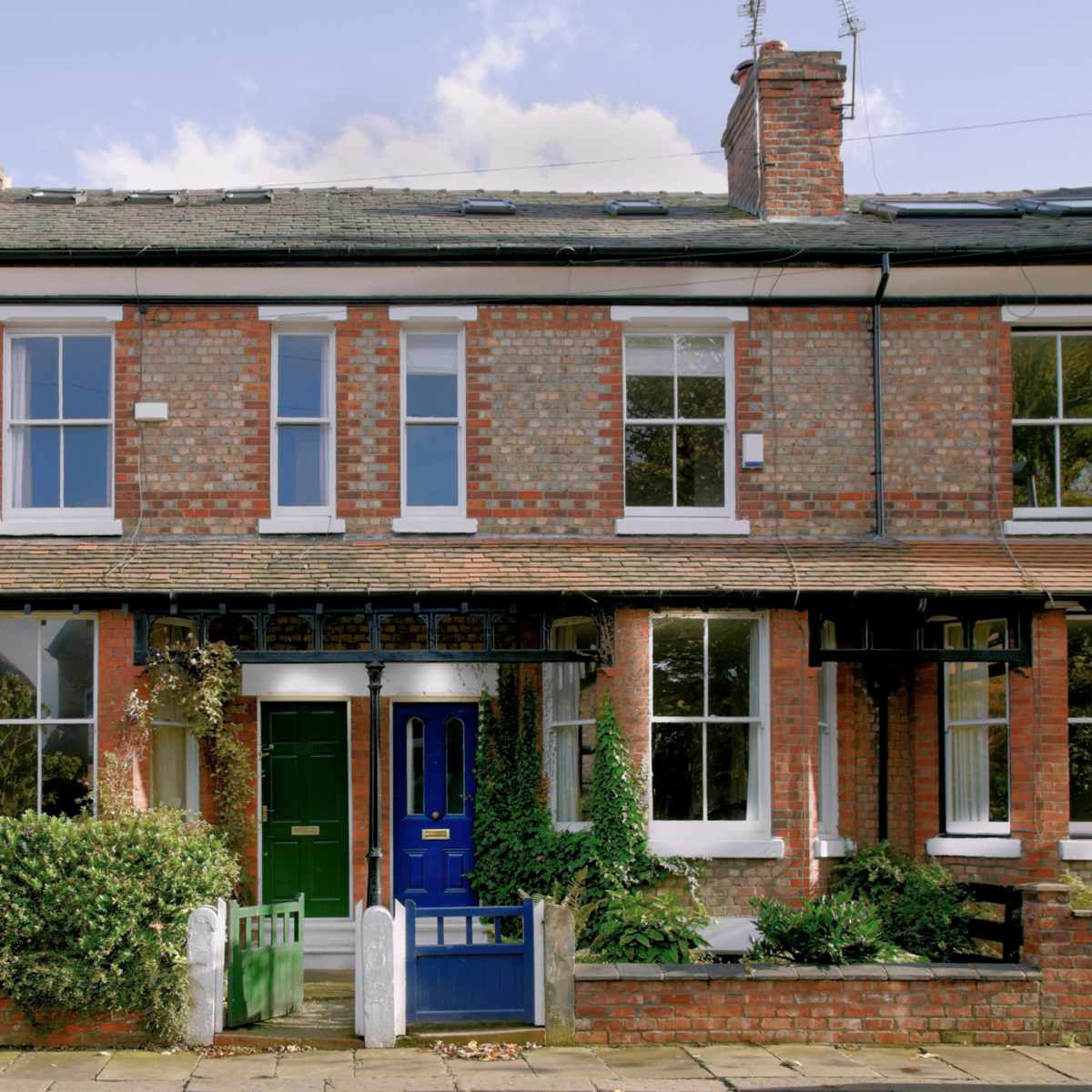 |
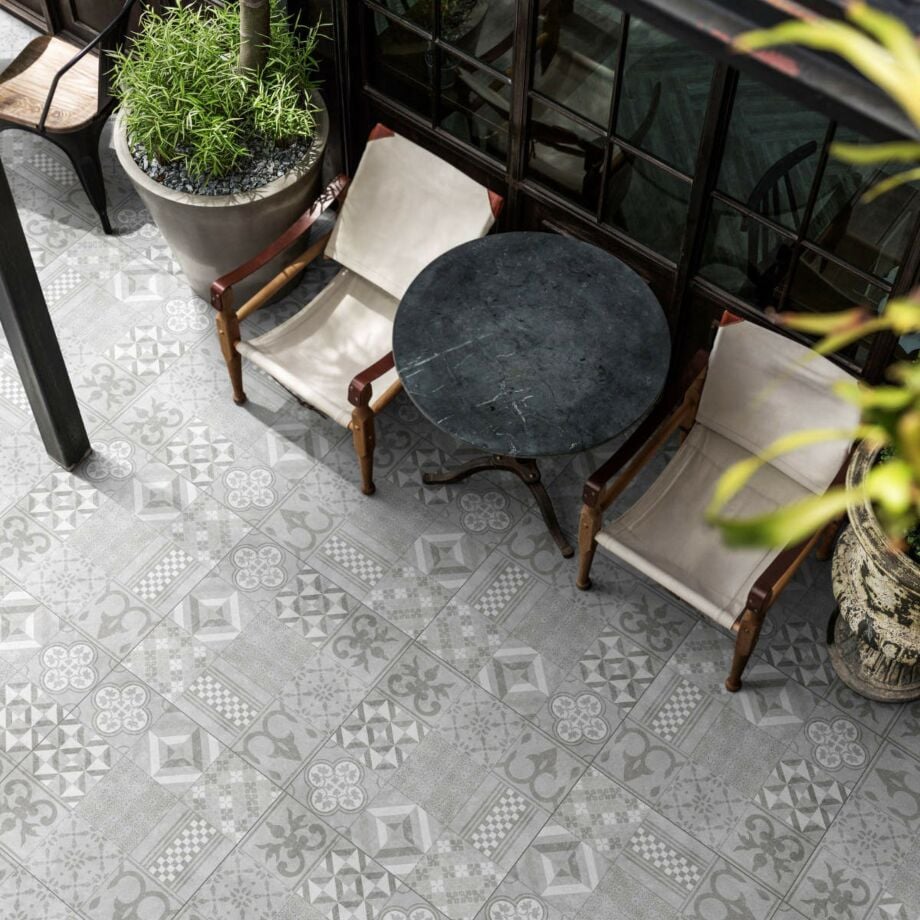 |
Paving for White Rendered Cottages
White rendered cottages also look good when combined with grey or black tones rather than warmer shades. Although there is a tendency to try and create a warmer appearance with a white coloured home, the colour combination that gives the best overall look is white, grey and black and combine it with plants that introduce colour. Lavender, rosemary, clipped box and fragrant pale pink roses give a classic feel. Alternatively, use bright orange with lilac flowering plants for a modern contrast. If your home is in a shady location and you would much prefer to use a coloured paving to introduce warmer tones, then avoid cream and instead opt for terracotta colours or even rusty slate tones with its golden and bronze hues. Once again, there are plenty of options in porcelain with the same look and feel. Porcelain paving is very hard wearing, has consistent colour tones and is often more competitively prices than natural stone. To retain character with cottage style homes, use cobble setts in complementary tones around the edge of planting borders or even occasionally in place of a paving slab here and there.
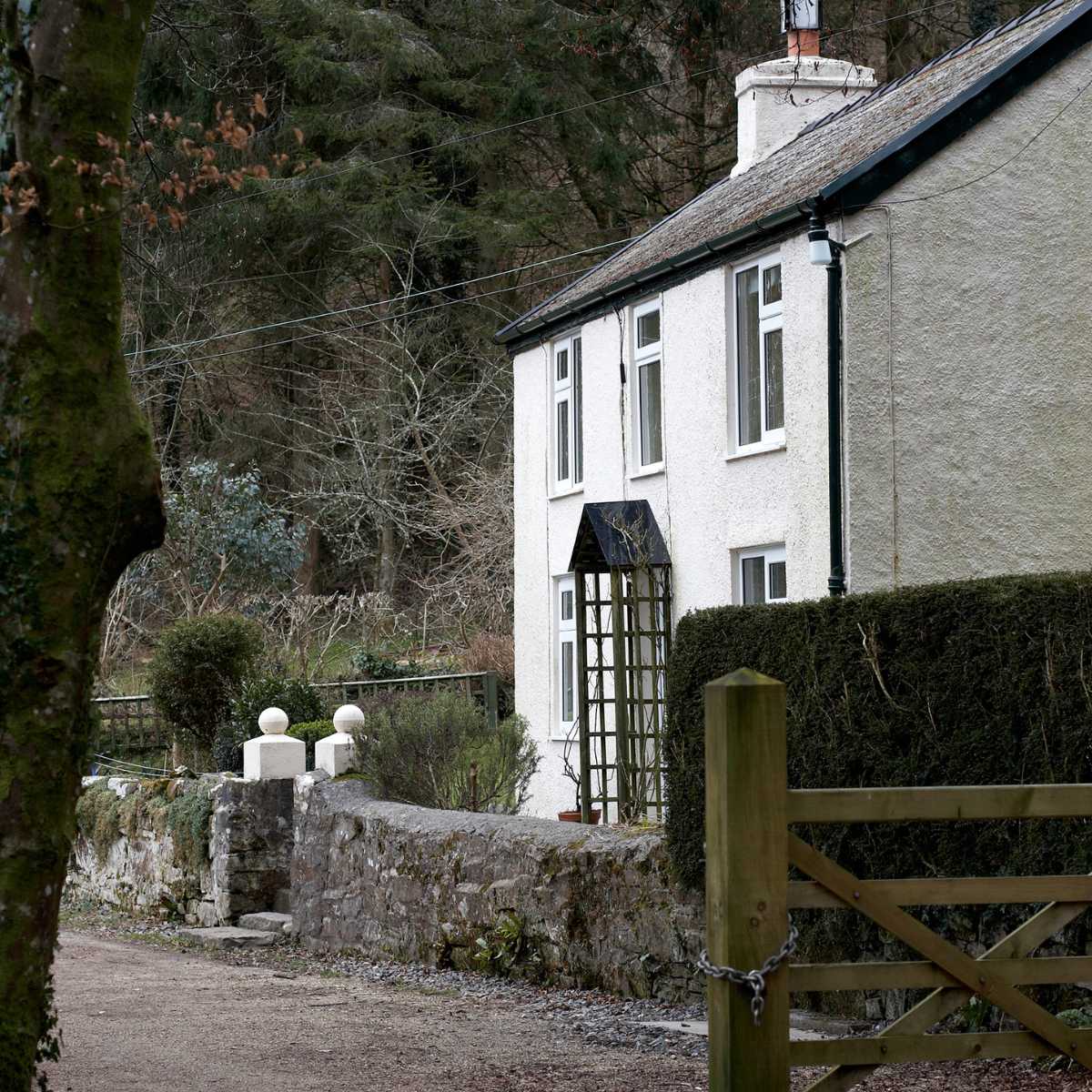 |
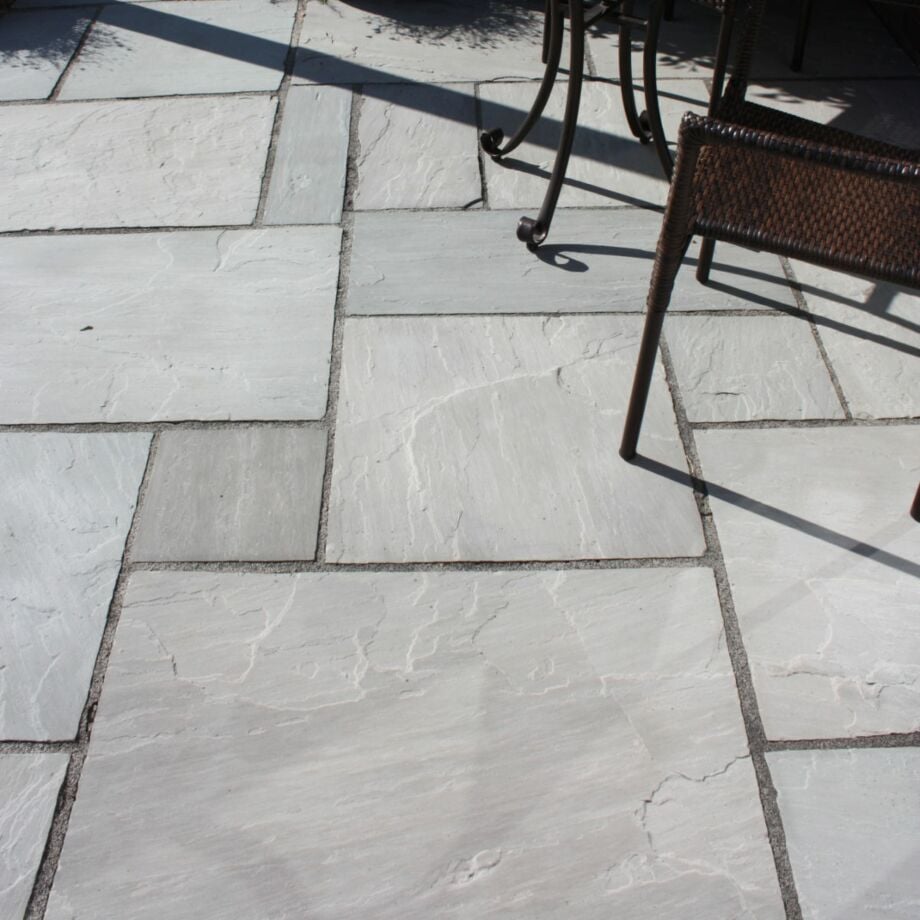 |
Paving for Barn Style Homes
Barn style homes are reasonably flexible when it comes to paving options, however it is often seen that homeowners have spent considerable time and money creating their perfect barn conversion property, only to cut corners on the garden and end up using budget style paving to frame their home. Instead, consider finishing the garden to the same high standards as your home using ultra-modern porcelain styles, contemporary styled sawn paving or composite decking. Ensure you work with the same colour palette as the barn itself to ensure the paving or decking does not compete with the barn, but complements it instead. Keep the style informal and combine with planting beds of large boulders and grasses. Use quirky focal points or structures salvaged from the barn as art within your garden to create added interest.
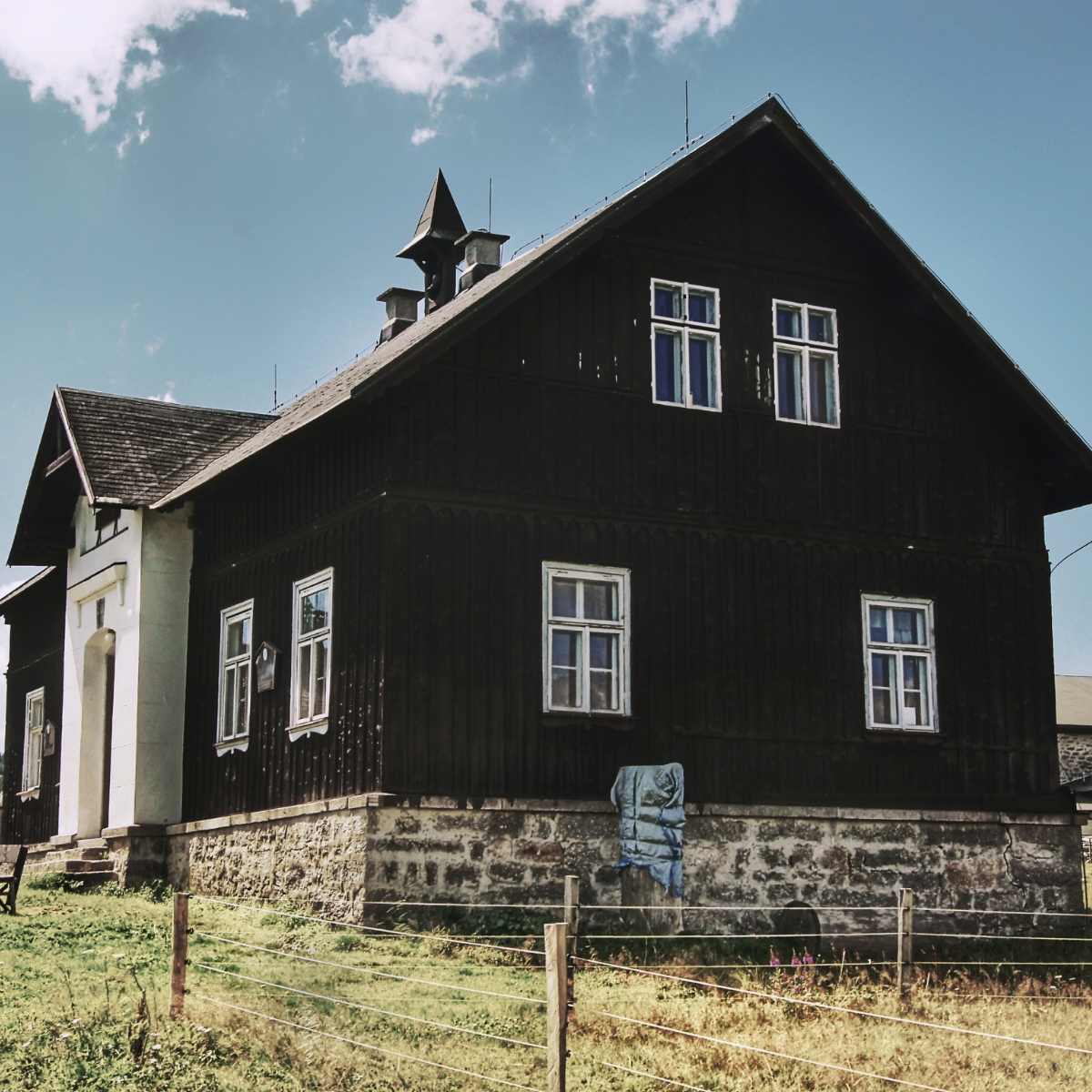 |
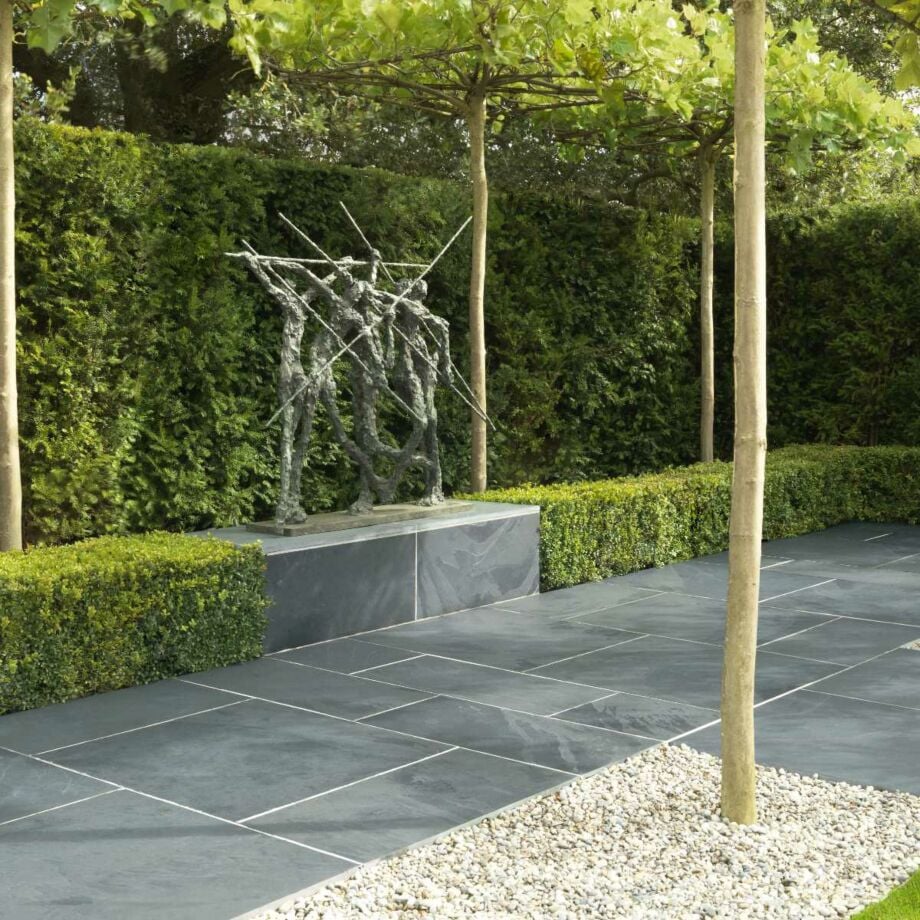 |
Other styles of homes often have architectural styles that lend themselves to certain styles of paving, for example, use colours within the brickwork to find a paving that suits your home, or the colours of window frames and soffits for accent colours of plant pots and features. As a general rule, natural stone is very forgiving when it comes to finding a match as the gentle range of colour hues means that it is not necessary to find an identical match as the colours that tone in will come to the fore when positioned against your brickwork.
Always try to ensure your paving complements your home rather than upstaging or working against it. If your house is very plain in appearance, then add interest with paving features and contrasting edgings, but if your home has interesting features, then try to not work against it with a heavily featured paving area. Instead, keep the paving subtle and understated. Home and garden should always work together as one for the very best visual impact.

